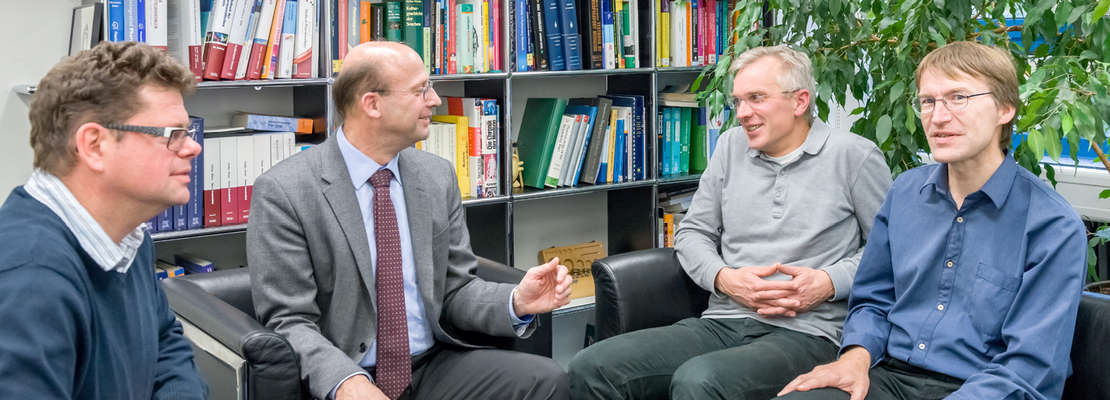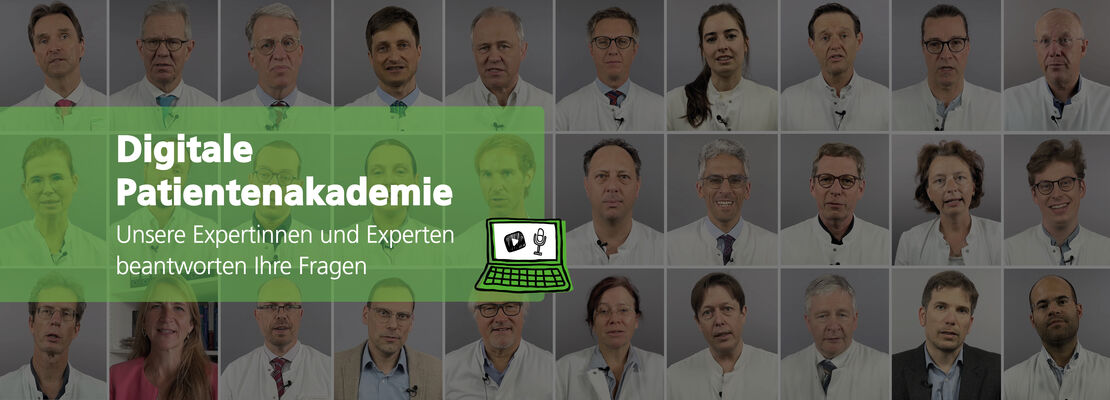Models of ARDS and increased vascular permeability
ARDS was first described in 1967 by Ashbaugh and Petty, at a time when intensive care medicine was already fairly well developed. To us his suggests that ARDS would not exist without intensive care medicine – probably because the patients would die for other reasons before they might develop ARDS. We therefore believe that a model of ARDS requires an ICU-like setting with hypoxemia as an endpoint. We therefore have established a mouse ICU that allows ventilation, the monitoring of cardiovascular functions and fluid Support.
We are currently using this set-up to study the mechanisms of ARDS in a two-hit model by the combined use of acid instillation and mechanical ventilation.
Increased vascular permeability is considered a hallmark of ARDS. We believe that at present vascular permeability in the lungs cannot be studied in cell culture therefore, in our studies on the molecular mechanisms of pulmonary edema we use isolated perfused mouse and rat lungs to measure weight gain, the capillary filtration coefficient, vascular resistance and microvascular pressure and to isolate and characterize caveolae from pulmonary endothelial cells.
















